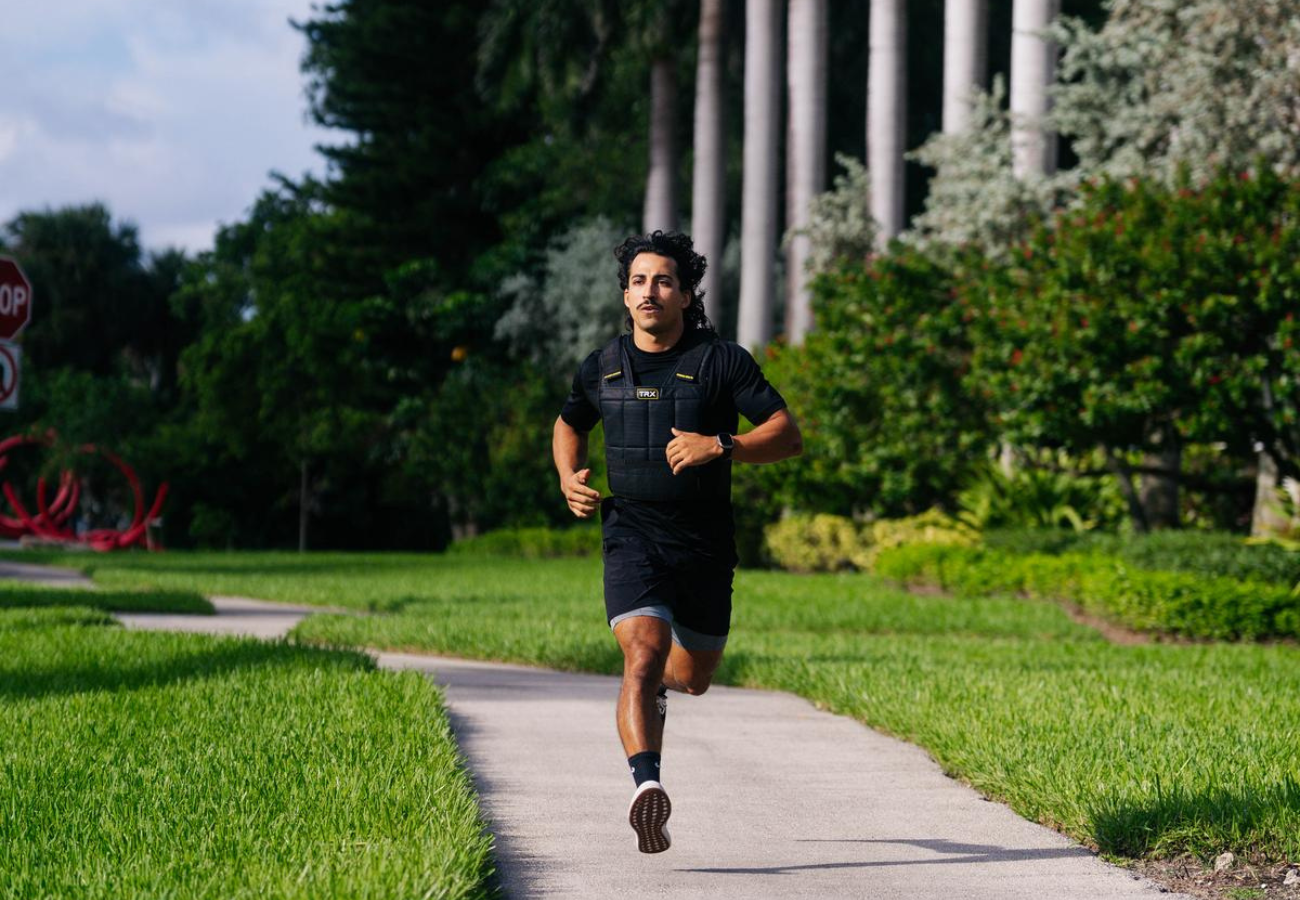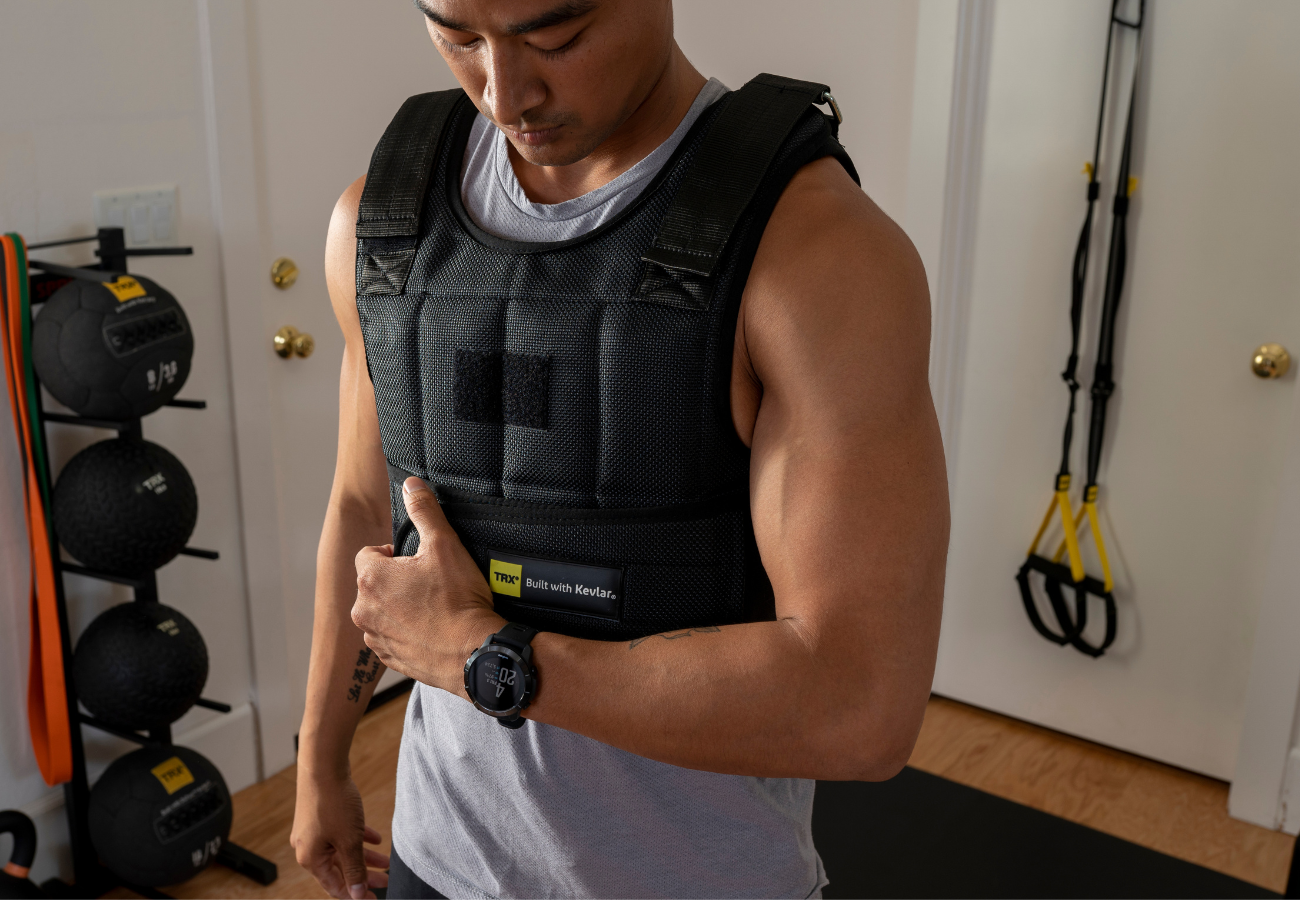Medicine ball slams can be incorporated into nearly every movement, from running and jumping to lifting and twisting. Whether you're an athlete or simply looking to tone your midsection, medicine balls can play a big party in your fitness regimen. This article will explore alternative exercises for medicine ball slams, a powerful plyometric exercise for enhancing core strength, and introduce effective alternatives to integrate into your routine.
What is a Medicine Ball Slam?
A medicine ball slam is a full-body exercise designed to build explosive power in the core, shoulders, and legs. This movement involves lifting a medicine ball overhead and forcefully slamming it down to the ground. As you engage your abs and back muscles during the slam, catching the ball on the rebound or picking it up for repetition also works your arms and improves coordination. This dynamic exercise not only strengthens the core but also enhances overall power, endurance, and conditioning, making it a popular choice in strength and athletic training routines.
Medicine Ball Slam Alternatives
1. Woodchoppers
Woodchoppers are a core exercise that primarily targets the obliques while also engaging the shoulders, hips, and legs. The movement involves rotating the torso as you move a weight diagonally across the body, mimicking the action of chopping wood. This exercise helps improve core strength, stability, and mobility. It’s a common beginner medicine ball exercise.
- Stand with your feet shoulder-width apart, holding a medicine ball with both hands above your head.
- While stepping forward into a lunge, rotate your torso to bring the weight diagonally across your body towards the leg you’re stepping with, moving it from overhead to beside your hip.
- Reverse the movement, bringing the weight back to the starting position overhead.
- Tighten your core and maintain a straight back throughout the movement.
- Perform the desired number of repetitions on one side, then switch sides and repeat.
2. Sledgehammer Slams
Sledgehammer slams are a high-intensity exercise where you swing a sledgehammer to hit a heavy object like a tire. This movement engages the core, shoulders, arms, and legs, improving power, coordination, and endurance. It’s commonly used in strength and conditioning workouts to boost overall fitness and burn calories.
- Stand with your feet shoulder-width apart, holding a sledgehammer with both hands, arms extended overhead.
- Keep your core tight and your back straight.
- Using your core and legs, swing the sledgehammer down with force to strike a heavy object, like a tire.
- Allow the sledgehammer to bounce back slightly and then lift it back to the starting position.
- Perform the desired number of repetitions, maintaining controlled, powerful swings.
3. Sprinting
Sprinting is a high-intensity running exercise that focuses on speed and power. It engages the entire body, particularly the legs, core, and cardiovascular system, making it an effective way to build muscle strength, improve endurance, and burn calories. Additionally, sprinting enhances agility, coordination, and overall athletic performance by challenging the body to move at maximum effort for short bursts.
- Stand with your feet shoulder-width apart, positioning one foot slightly ahead of the other for balance.
- Tighten your core and lean slightly forward.
- Push off the ground with maximum effort, driving your arms and legs forward as you accelerate.
- Maintain a high, steady pace, pumping your arms and lifting your knees as you run.
- After you approach the finish line, gradually decelerate and slow down to a walk to cool down.
4. Kettlebell Swings
This exercise involves swinging a kettlebell between your legs and up to shoulder height, utilizing the power of your hips and core to propel the weight. It primarily targets the glutes, hamstrings, and lower back, while also engaging the shoulders and core. Kettlebell swings enhance strength, endurance, and explosive power.
- Stand with your feet shoulder-width apart, holding a kettlebell with both hands in front of you. Bend your knees slightly and hinge at your hips, keeping your back straight.
- Tighten your core and prepare to swing.
- Push your hips back and swing the kettlebell between your legs, maintaining a flat back and a slight bend in your knees.
- Thrust your hips forward forcefully, swinging the kettlebell up to shoulder height. Keep your arms straight and your core engaged.
- Allow the kettlebell to swing back down between your legs, and repeat the swinging motion, focusing on smooth, controlled movements.
5. Battle Rope Slams
In this exercise, you use heavy ropes to create powerful, rhythmic waves by slamming them up and down. It primarily targets the upper body, including the shoulders, arms, and core, while also engaging the legs for stability. Battle rope slams improve cardiovascular fitness, strength, and endurance.
- Stand with your feet shoulder-width apart, holding the ends of the battle ropes in each hand. Keep your knees slightly bent and your core engaged.
- Maintain a strong core and lean slightly forward.
- Raise both ropes overhead and slam them down forcefully, creating large waves in the ropes.
- Quickly raise the ropes back overhead and slam them down again.
- Continue this movement in a rhythmic, controlled manner.
6. Kettlebell Snatches
This movement involves lifting a kettlebell from the ground to overhead in one continuous motion. It engages the entire body, with a particular focus on the shoulders, core, and legs. Kettlebell snatches enhance strength, power, and coordination, making them an excellent addition to high-intensity workouts.
- Stand with your feet shoulder-width apart, holding a kettlebell in one hand with your arm extended down in front of you.
- Tighten your core and keep your back straight.
- Hinge at your hips and swing the kettlebell back between your legs, maintaining a slight bend in your knees.
- Thrust your hips forward to propel the kettlebell upward in one motion, pulling it close to your body as it rises.
- When the kettlebell reaches chest height, rotate your wrist up and catch it overhead with your arm fully extended.
- Lower the kettlebell back down in a controlled manner, then repeat the movement.
7. Thrusters
Thrusters combine a front squat with an overhead press. Starting from a squat position, you drive upward to a standing position while pressing the weight overhead. This full-body exercise targets the legs, core, and shoulders, enhancing strength, power, and overall conditioning.
- Stand with your feet shoulder-width apart, holding a barbell or dumbbell at shoulder height with your elbows slightly in front of your body.
- Tighten your core and keep your back straight.
- Lower your body into a squat position by bending your knees and pushing your hips back, keeping your chest up and your knees aligned with your toes.
- Push through your heels to stand up, driving the weight overhead as you rise from the squat.
- Extend your arms fully to press the weight overhead.
- Lower the weight back to shoulder height as you prepare for the next squat.
Related: Try These 5 Medicine Ball Throws Today
8. Sumo Deadlift High Pulls
In this exercise, you perform a deadlift with a wide stance and then pull the weight up to chest height in a powerful motion. It primarily targets the legs, glutes, and back, while also engaging the shoulders and arms. Sumo deadlift high pulls improve strength, power, and explosive movement.
- Stand with your feet wider than shoulder-width apart and your toes pointed slightly outward. Hold a barbell or dumbbell with both hands in front of you, arms extended down.
- Tighten your core and keep your back flat.
- Bend at your hips and knees to lower the weight toward the ground, keeping your chest up and back straight.
- Explosively extend your hips and knees to lift the weight up toward your chest, pulling it up with your arms to chest height.
- Lower the weight back down to the starting position in a controlled manner, focusing on smooth, powerful movements.
Advantages of Conditioning Exercises
The exercises mentioned earlier are all types of conditioning exercises. By incorporating multiple movements and engaging different areas, conditioning exercises effectively enhance overall fitness and endurance.
Burns Calories
Conditioning exercises effectively burn calories by elevating your heart rate and engaging multiple muscle groups simultaneously. During high-intensity conditioning workouts, your body requires increased energy to sustain the activity, leading to calorie burning from stored fat and carbohydrates. Additionally, these exercises enhance your metabolism both during and after the workout, allowing you to continue burning calories even while at rest.
Promotes Better Heart Health
Conditioning exercises promote better heart health by increasing your heart rate and improving cardiovascular endurance. When you participate in high-intensity interval training, your heart pumps more blood to meet the heightened demand for oxygen in your muscles. Over time, this consistent cardiovascular challenge strengthens the heart muscle, making it more efficient at pumping blood. Additionally, conditioning exercises improve circulation, lower blood pressure, and enhance the body’s ability to utilize oxygen effectively.
Strengthens Muscles
Conditioning exercises strengthen muscles by engaging them in sustained, repetitive movements that challenge their endurance and power. Activities such as resistance training, interval workouts, and bodyweight exercises create stress on muscle fibers, resulting in small tears. As these tears heal, the muscles adapt and grow stronger. Furthermore, conditioning exercises often incorporate functional movements that engage multiple muscle groups simultaneously, enhancing overall strength and coordination.
Related: Slam Ball vs. Medicine Ball
Final Thoughts
The medicine ball slam is a comprehensive compound exercise that engages nearly every muscle group in the body. It effectively strengthens the back, core, and abdominal muscles while also enhancing cardiovascular endurance.
Alternative exercises can provide similar benefits to the medicine ball slam and may be more suitable depending on individual preferences. The effectiveness of these alternatives will vary based on personal fitness goals and specific workout requirements.



